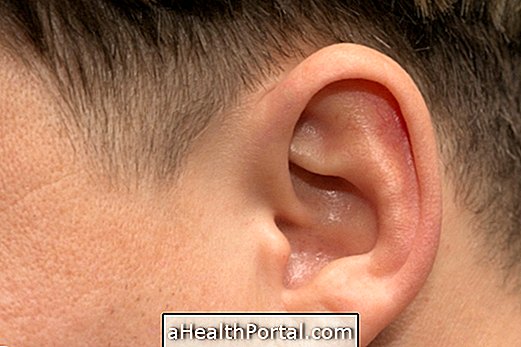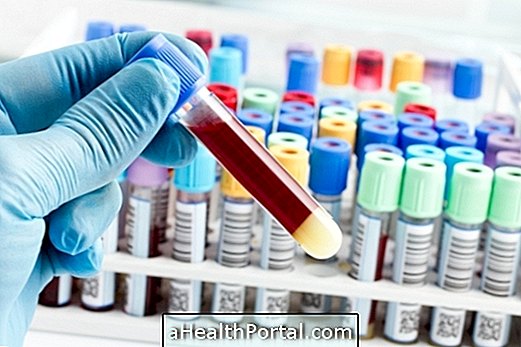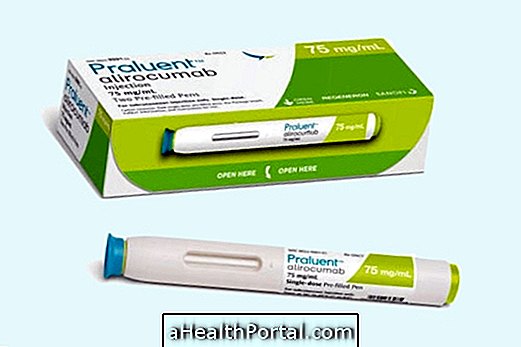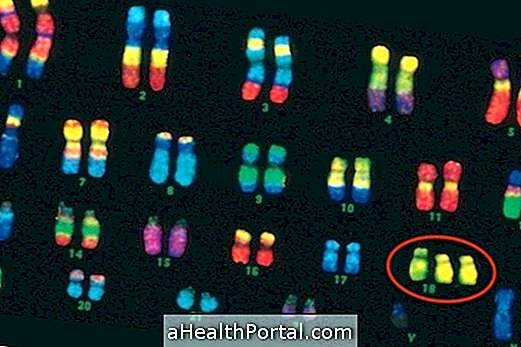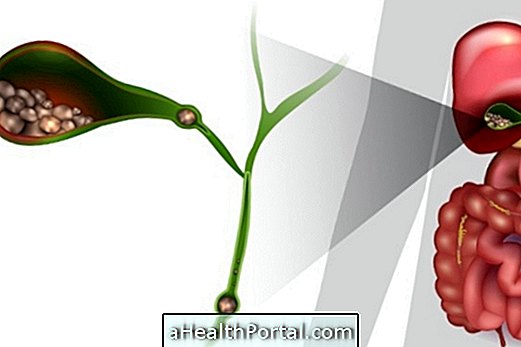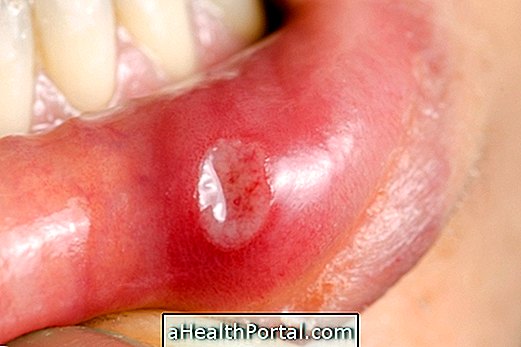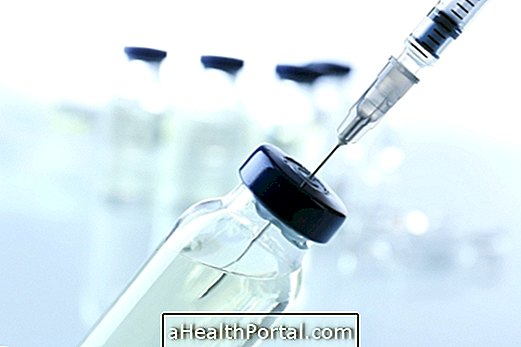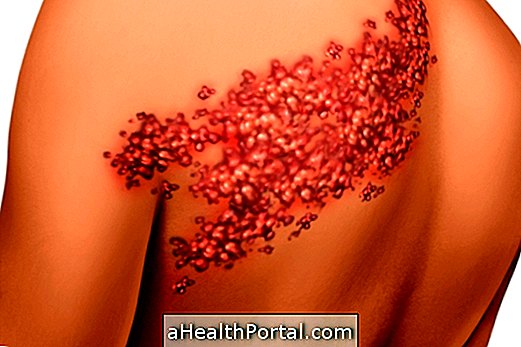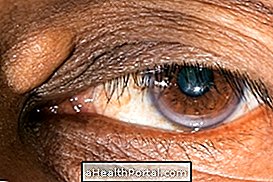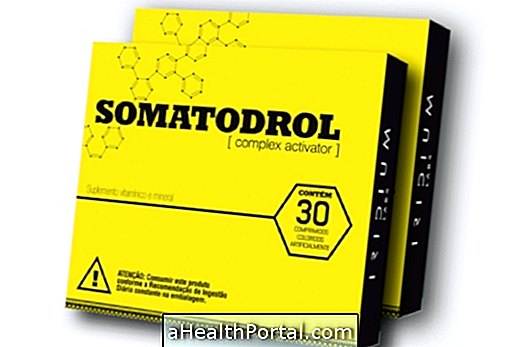To measure capillary blood glucose and blood sugar at the moment, a specific blood glucose meter should be used to measure the amount of glucose in a drop of blood taken from the tip of the finger.
Generally, it is important to measure capillary glycemia when you have diabetes or pre-diabetes, especially before and after meals, to control the type and amount of food eaten, as well as before taking insulin, to regulate the doses of the medicine.
In addition, the endocrinologist may also recommend that the patient measure the blood glucose at other times, such as before bed or after waking up, to help properly adjust the treatment.
How to measure blood glucose with common appliances
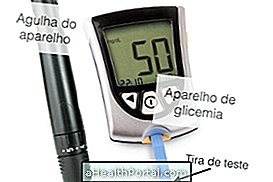

To measure the glycemia with a common device, it is necessary to:
- Wash hands and dry properly;
- Insert a test strip into the blood glucose meter;
- Snap your finger with the appliance's needle;
- Strain the test strip to the drop of blood until it fills the test strip tank;
- Wait a few seconds until the blood glucose value appears on the unit monitor.
To avoid always sticking the same spot, you should change your finger with each new measurement of capillary blood glucose. The latest blood glucose devices can also measure the blood sugar taken from the arm or thigh, for example.
Some blood glucose units may work differently, so it is important to read the manufacturer's instructions for use before using the appliance.
How to measure blood glucose using FreeStyle Free

The freestyle libre is a small sensor that must be coupled in the arm, which evaluates blood glucose constantly, during the day and at night. The device shows blood glucose at the exact moment in the previous 8 hours and what the tendency of its blood glucose in the next instants, being an excellent way to control diabetes, avoiding hypoglycemia and also hyperglycemia.
To know the glycemia using the Freestyle, simply bring the reader closer to the small device attached to the arm so it can read, like a scan, for a few seconds. The result will appear in a moment.
Reference values of blood glucose
After measuring the capillary glycemia, it is important to compare the result with the reference values:
| Normal blood glucose | Altered glycemia | Diabetes | |
| In fasting | Less than 110 mg / dl | Between 110 and 125 mg / dl | Greater than 126 mg / dl |
| Anytime of day | Less than 200 mg / dl | Greater than 200 mg / dl |
In the case of newborns, it is difficult for the test to be performed fasting, so it is recommended that the blood glucose levels of the newborn be between 50 and 80 mg / dL.
If the person does not have diabetes but the blood glucose value is in the altered blood glucose or diabetes column, it is recommended to repeat the measurement the next day, and if the result persists, consult the endocrinologist for a conclusive diagnosis . In the case where the person has diabetes and the blood glucose value is in the diabetes column, you should consult your doctor to adjust the treatment or take insulin according to the doses indicated by the doctor.
In cases where blood glucose is below 70 mg / dl, one should drink a glass of juice or a glass of water with sugar, for example.
How to Lower Glucose Levels
Glucose levels can be controlled with simple change in daily life, such as regular physical activity and a balanced diet that is poor in foods that contain too much sugar. However, if your glucose levels do not return to normal, your doctor may recommend using some medications, which should be consumed as recommended. Here's how to lower blood sugar levels.
See too:
- Hypoglycemia, what to do?
- Home remedy to lower glucose

